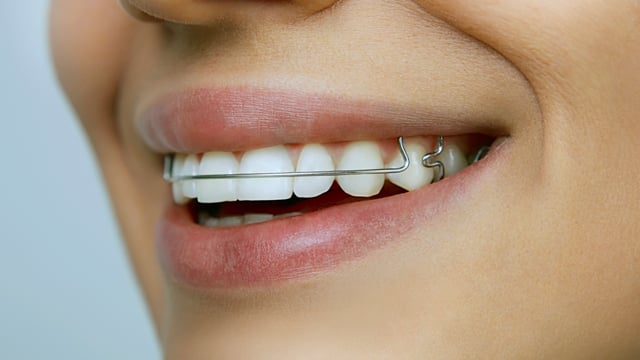Teeth Retainers: Why Use Them and How To Keep Them Safe

Braces create a beautiful smile, but the retainer keeps it there while encouraging better oral hygiene long after the braces are removed. Although retainers in Singapore for teeth are most commonly used to hold straight teeth in place after braces, the benefits for your children in wearing their retainers correctly – as prescribed by their orthodontist – go beyond that. Did you know that wearing a retainer can also help with speech issues? The most challenging part of getting a new retainer is losing it, most likely to the school canteen’s trash can. It is challenging to get children to wear their retainers correctly and keep them safe, but understanding the benefits and how to ensure your children embrace their retainers will help your entire family navigate the process with less stress – and ensure higher marks from your orthodontist.
Why Should You Wear a Retainer?
Retainers for teeth are typically used at the end of orthodontic treatment. Teeth can shift back to their original position after braces are removed. As a result, wearing retainers at night can help keep straightened teeth in place.
Bacteria, eat your heart out!
Straighter teeth are easier to clean and, thus, less likely to fall out. However, there are other factors that you may be unaware of. For example, straight teeth, combined with a proper bite, allow children to chew their food more effectively. As a result, they get more nutrients from their food by chewing better. In addition, according to The Independent, one advantage of being able to chew food thoroughly is an increase in saliva production. And more saliva means more digestive enzymes to reduce plaque buildup and cavities.
Diabetes is made easier.
According to the British Dental Journal, when children – and adults – wear their retainers correctly, it helps keep teeth aligned, which can help offset the risk of poor general or oral health. According to Diabetes UK, poor oral health can exacerbate diabetes’s blood-related effects. So, in addition to flossing, brushing, and rinsing with products specially formulated for use after braces, wearing a retainer correctly can help counteract diabetes-related ailments.
Enhances Breathing
Retainers can help some children breathe better, which is a lesser-known benefit. According to the British Orthodontic Society (BOS), particular types of retainers are used for problems with snoring or breathing at night, in addition to retainers that help straighten teeth or align jaws.
Assists with Speech Impairment
Some children wear retainers to aid their speech. In addition, braces and other teeth aligners can aid speech correction by adjusting tooth positioning to improve sound formation.
Getting Used to Wearing a Retainer
Please recognize that the time it takes to form a new habit varies by individual, so making it fun for your children can help. Here are some pointers to help you get into the habit of wearing a retainer and not misplacing it:
- Get a larger carrying case and store the retainer case in this one. Whether it’s a bag featuring their favourite action hero or a handbag in their favourite colour, your child is more likely to remember a large bag than a small plastic case.
- Please note it and place it in your child’s retainer case. It can be enjoyable for your child to read and serves as a reminder to remove their retainer.
- Keep the retainer case in the same location as the keys. A brightly coloured suit is also less likely to be overlooked or misplaced during a busy time of day.
- Your children may have outgrown the tooth fairy, but the excitement of waking up to small gifts under their pillow after wearing their retainer for a full night in the first week never hurts.
It can be difficult for children to wear a retainer correctly and for long periods. But, like compliments on their well-kept smiles, it will become a part of your children’s daily lives after a while.







